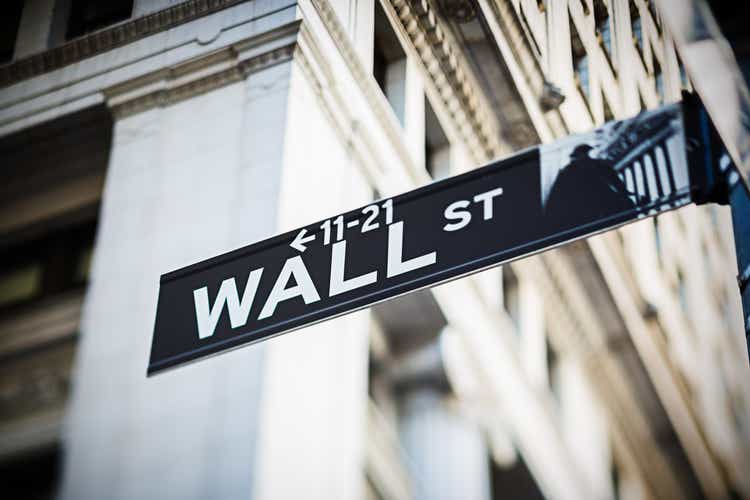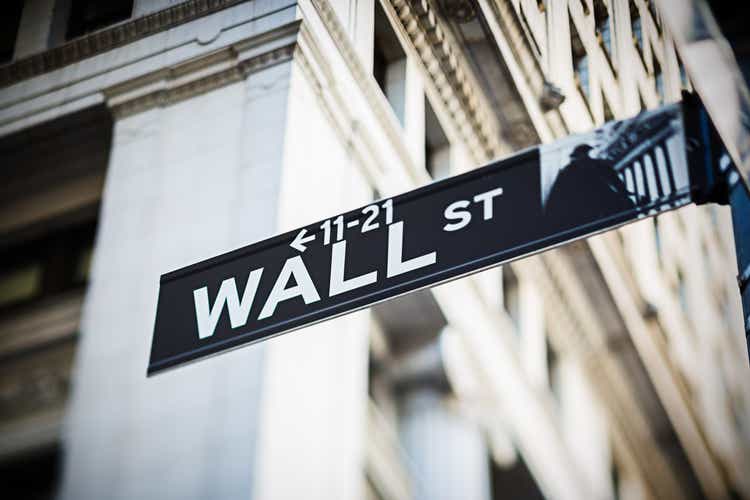
mbbirdy/E+ via Getty Images
U.S. stocks on Friday opened solidly higher, after the Federal Reserve’s favorite inflation gauge – the core personal consumption expenditure (PCE) price index – fell below 4% for the first time in two years.
Minutes after the opening bell, the Nasdaq Composite (COMP.IND) was +1%, the S&P 500 (SP500) was +0.6% and the Dow (DJI) was +0.5%.
The core PCE price index, which the Fed favors as an inflation gauge, fell below an annual rate of 4% for the first time since autumn 2021. The monthly rise of 0.1% was a little softer than the 0.2% forecast.
Shortly after the start of trading the September Chicago PMI hits. The forecast is for a drop to 47.6.
Rates remained lower. The 10-year Treasury yield (US10Y) fell 9 basis points to 4.51%. The 2-year yield (US2Y) fell 5 basis points to 5.02%.
See how yields are trading across the curve.
“We’ve pointed out recently that a 10yr Treasury yield at 4.5% is actually in line with the long-term historical average, but as markets got increasingly used to a decade-and-a-half of historically low rates since the GFC, this is coming as a big adjustment to lots of investors,” Deutsche Bank’s Jim Reid said. “Indeed, it was only three-and-a-half years ago that the 10yr Treasury yield hit an all-time intraday low of 0.31%.”
“But since then we’ve seen an astonishing turnaround, and it’s worth remembering that the annual rise in the 10yr yield of 236bps over 2022 was already the biggest annual increase since 1788. So even though yesterday saw a breather by the end of the session, it’s no exaggeration to say we’re in the midst of a historic sell-off.”
The S&P 500 (SP500) is up marginally by 0.2% for the week in Friday’s trading. The Nasdaq (COMP.IND) is up ~1%, while the Dow (DJI) is down 0.5%.
For September, the S&P is down 4%, the Nasdaq is down about 5% and the Dow is off 2.6%.
“We expect the markets fever to break in October,” strategist Ben Laidler wrote. “As multiple macro ‘wall of worry’ pressures start to ease and seasonality turns positive.”
“Investors had a miserable summer But we see the vice of higher oil prices and bond yields easing as the US slows in Q4. This may be helped along by the UAW strike, seemingly inevitable government shutdown, and student payments restart.”
“The US economy has the ‘exceptionalism’ momentum to take this, and it should be a relief to hard-pressed investors. Q3 earnings season may be a positive catalyst, with the end of the profits ‘recession’, and the market getting a break from Fed until November.”







